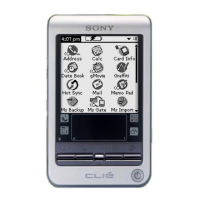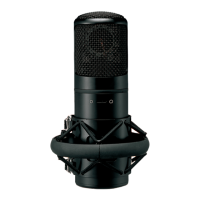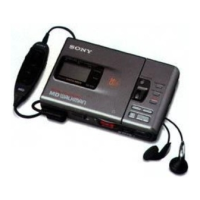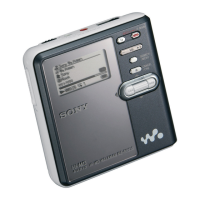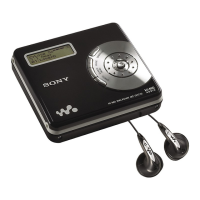Do you have a question about the Sony Sound Forge - Sound Forge Audio Studio 8 and is the answer not in the manual?
Online and fax options for help with software registration.
Contact information and web links for customer support and sales inquiries.
Information on obtaining technical assistance via web and telephone.
Details licensing terms, privacy policy, proper use, and legal disclaimers.
Welcomes users and highlights the software's features for digital audio editing.
Lists the minimum hardware and software specifications needed to run Sound Forge Audio Studio.
Provides installation instructions and explains how to access online help documentation.
Describes the primary window where audio editing is performed.
Details the Menu Bar, Standard Toolbar, and Transport Bar for application control.
Explains the Status Bar for information display and the Workspace for editing.
Contains audio data (waveform) and controls for editing and processing.
Details elements like title bar, level ruler, waveform display, and zoom controls.
Covers Playbar, Scrub Control, Position Scroll Bar, and Overview Bar for file navigation.
Explains how to display, dock, and float toolbars for customized access.
Lists key buttons for common commands and audio playback/recording.
Guides on opening audio files, initiating playback, and handling video files.
Describes viewing selection details and changing status display formats.
Details timeline playback for precise control over audio speed and direction.
Step-by-step guide to creating new blank audio files and saving them in various formats.
Explains copying audio data to the clipboard and pasting it into files.
Covers removing audio data, permanent deletion, and retaining selections.
Combines clipboard audio with the current file, either by drag-and-drop or clipboard paste.
Allows reverting edits and adjusting the view of audio data for detailed editing.
Overview of modifying file attributes like sample rate, bit depth, and channels.
Explains how to adjust sample rate and bit depth and their effects.
Guides on converting mono/stereo and changing file formats using Save As.
Explains markers as reference points for navigation and editing, covering insertion, naming, moving, and deletion.
Explains regions for subdividing audio, covering insertion, naming, moving, and deletion.
Explains how to view and manage markers and regions in a dedicated list window.
Guides on using audio plug-ins from Process, Effects, or FX Favorites menus.
How to save customized effect parameter settings for later reuse.
Configuring audio input/output options and initiating audio recording.
Details on recording modes and using the Record Remote dialog.
Guides on importing audio tracks from CDs, including extraction methods and options.
Instructions for writing audio files to a CD-R/RW drive, including track-at-once and disc-at-once methods.
| Platform | PC |
|---|---|
| Version | 8 |
| Sample Rate Support | Up to 192 kHz |
| Multitrack Editing | Yes |
| VST Support | Yes |
| DirectX Support | Yes |
| ASIO Support | Yes |
| CD Burning | Yes |
| Batch Processing | Yes |
| Noise Reduction Tools | Yes |
| Audio Restoration Tools | Yes |
| Category | Audio Editing |
| Operating System | Windows |
| Audio Formats Supported | WAV, MP3, WMA |
